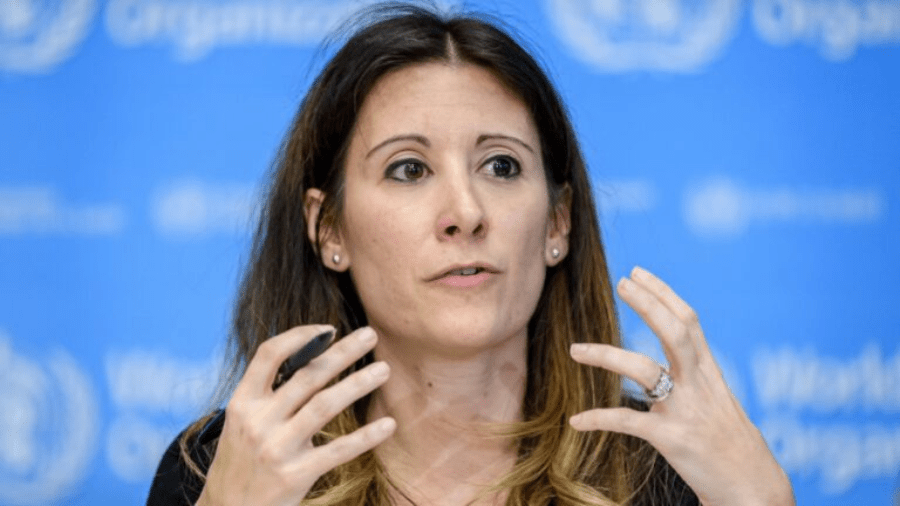Health
WHO stands corrected on earlier statement about asymptomatic people

WHAT YOU NEED TO KNOW:
- The World Health Organization (WHO) clarified a controversial statement it said on Monday, as WHO technical lead Maria Van Kerkhove clarified via Tuesday Facebook Live video that she misused the term “very rare” about the spread of coronavirus through asymptomatic people.
- The WHO official explained on Tuesday that asymptomatic people can spread COVID-19, but the feasibility of occurrence is still not clear.
- Van Kerkhove’s statement on Monday caused confusion as public health experts said that the WHO was giving a “wrong impression” to the public.
The World Health Organization (WHO) clarified a statement it released on Monday, saying that asymptomatic spread of coronavirus is “very rare.” On Tuesday, the international agency said that the case is still largely unknown but not actually rare.
The WHO technical lead for coronavirus Maria Van Kerkhove said in a Tuesday Facebook Live video that her earlier statement had caused “misunderstandings.”
Van Kerkhove emphasized on Tuesday that asymptomatic people could really spread the virus, but reiterated that the feasibility of such occurrence was still not fully figured out.
“We do know that some people who are asymptomatic or some people who don’t have symptoms can transmit the virus on,” she said.
Van Kerkhove was banking on around three studies and other unpublished papers from some countries regarding her pronouncement. She also admitted that she misused the term “very rare.”
“In that I used the phrase ‘very rare,’ and I think that’s misunderstanding to state that asymptomatic transmission globally is very rare,” she said. “What I was referring to is a subset of studies.”
The WHO official explained that some models exhibited that as much as 40% of coronavirus transmission comes from asymptomatic people.
“Some estimates of around 40 percent of transmission may be due to asymptomatic, but those are from models, and so I didn’t include that in my answer yesterday but wanted to make sure that I covered that here,” she said.
Van Kerkhove also clarified on Tuesday that she was referring to confirmed asymptomatic people, and not presymptomatic people, or those who do not have COVID-19 symptoms at the moment but will experience later.
People who have mild illness or those presymptomatic can transmit the disease so they cannot assume that the absence of symptoms means they cannot infect other people.
Van Kerkhove’s remarks on Monday earned criticisms and confusion. Public health experts expressed their worry on Twitter that the international agency was giving the public the wrong impression.
Other experts expressed their dismay over what they call as “botched communication” from the international health agency.
Source: The Hill
